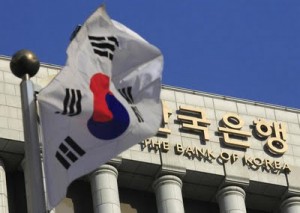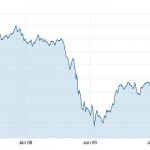The Vietnamese dong has plunged to a record low, hitting 24,283 per US dollar, as the State Bank of Vietnam faces ongoing currency depreciation pressures in the wake of the US dollar surge.
The State Bank of Vietnam (SBV) set the dong’s daily currency fixing at 24,283 per US dollar on Thursday, November 7, marking the weakest rate since 2005, according to Bloomberg data. On the same day, the dong held close to this low at 25,402 per US dollar, just 0.3% away from a historical trough.
According to Michael Wan, a currency strategist at MUFG Bank in Singapore, “The SBV is likely to permit a gradual weakening of the Vietnamese dong, ideally in an orderly manner. However, it will likely intervene to prevent any sharp declines.”
The dong’s depreciation mirrors the struggles of other Asian currencies amid the US dollar’s continued strength, fueled by recent market conditions. Regional central banks, including the People’s Bank of China, are adjusting their policies in response, with China slashing its own daily currency reference rate to a multi-year low.
So far, the Vietnamese dong has dropped more than 4% against the US dollar in 2024, positioning it for the steepest annual loss since 2015. As the central bank allows a 5% fluctuation range around its reference rate, the move hints at a cautious approach to currency flexibility.
“This situation underscores the central bank’s ongoing challenge of bolstering foreign exchange reserves,” stated Pham Luu Hung, chief economist at SSI Securities in Hanoi. Hung added that the SBV might consider a more adaptable exchange rate policy to deepen Vietnam’s foreign exchange market, potentially easing pressures as external economic conditions fluctuate.
The SBV’s careful balance between currency stability and market adaptation remains crucial as Vietnam navigates these challenging financial dynamics.




